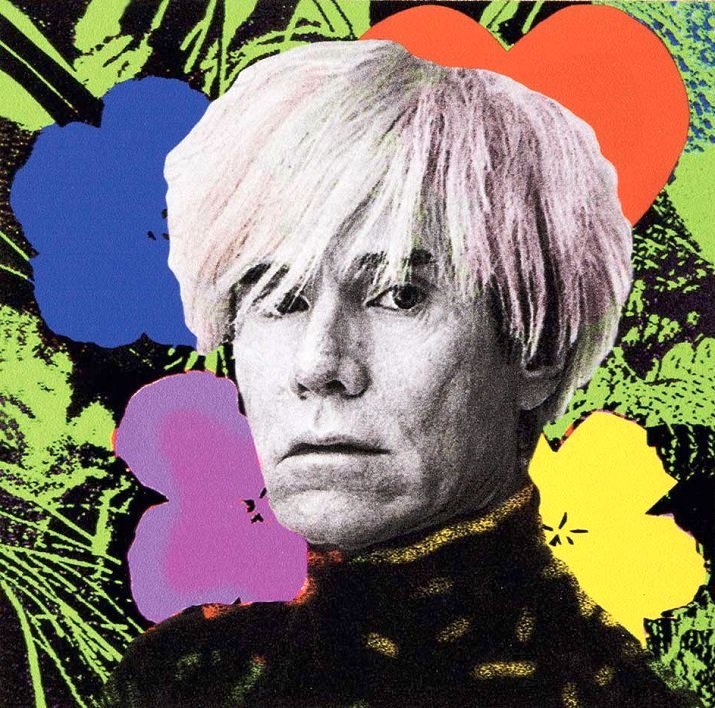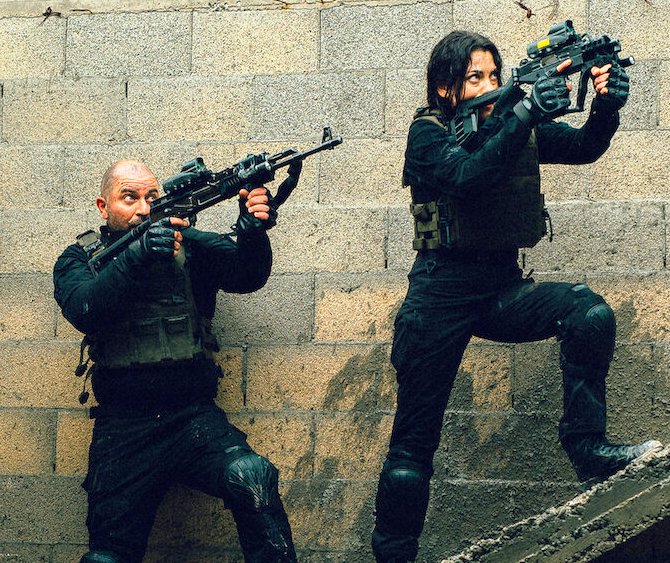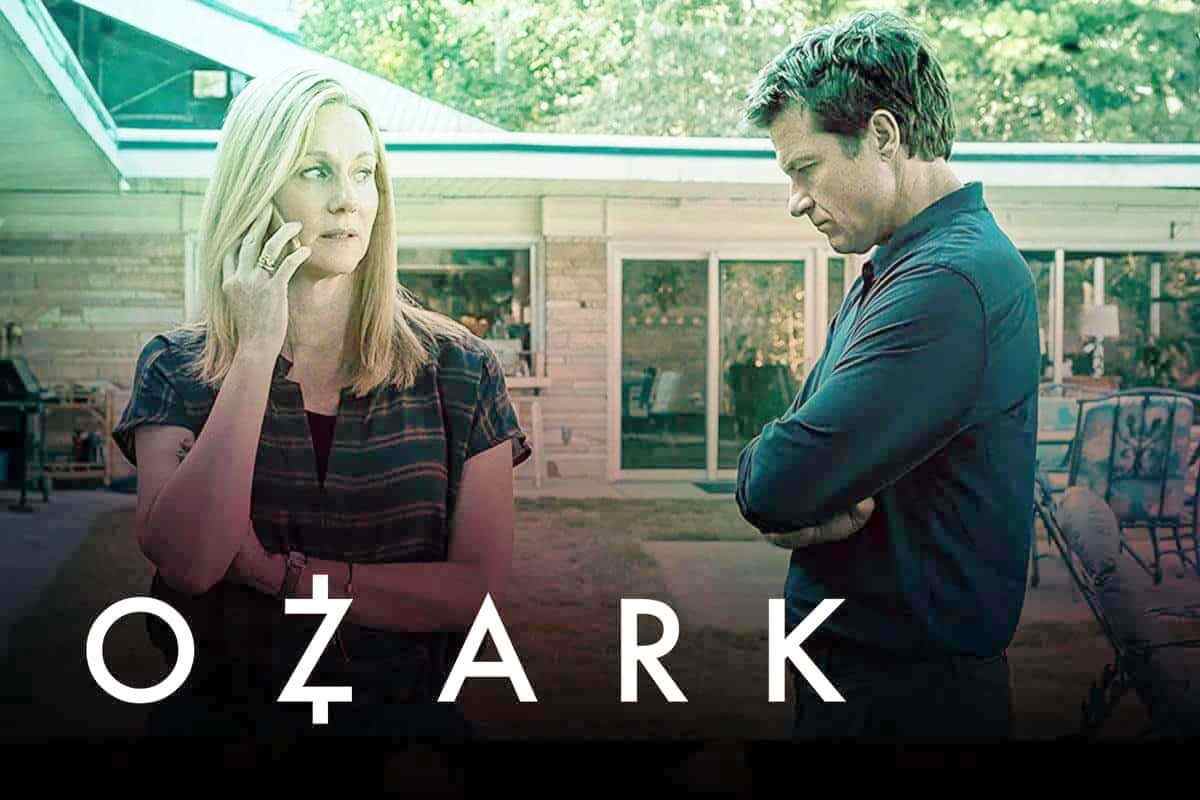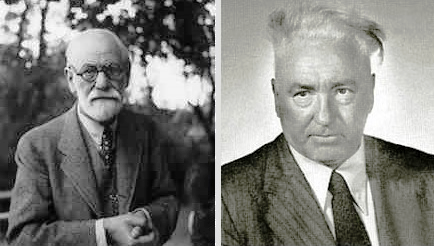
Andy Warhol and the Erotism
(Machine Translated by Google)
Published in Eidos, n. 34/2016
The name of Andy Warhol (1928-1987) American painter, graphic designer and director remains mainly linked to the serial reproductions of his pop images. However, starting in 1963, Warhol showed a strong interest in cinema and, from that year on, he made numerous cinematographic works. Although it may appear a paradox, substantially never, in its production strongly connoted in an erotic sense, the idea emerges that sexuality and the couple can enjoy a privileged bond. As if echoing a psychoanalytic thought, sex, for Warhol, is anarchic and individualistic.
In 1963 he bought a Bolex 16 mm film camera and made a first series of minimal films, linked to the mere physical satisfaction of the subjects shot. Sleep, Kiss, Haircut, Eat, Blow job, all shot between 1963 and 1964, respectively film a sleeping man, a series of kisses of about three minutes each, a haircut, a man eating a mushroom and, in a very long close-up of thirty minutes, a young man who is given a fellatio offscreen. They are all shots taken with the fixed camera. In fact, Warhol is interested in the composition of the image that is created, starting from a single point of view.
These early films are like paintings which, instead of hanging, are projected onto a white wall. All Warhol films are 16mm, black and white and have mediocre optical sound. The sequence shot technique, usually used for long periods, produces a feeling of stillness and the abolition of time, forcing the viewer to a tiring wait, in front of the fixed camera, on everyday scenes emptied of meaning. Films are shot at 24 frames per second, but are projected at 16, increasing the time dilation and exasperating the perception of the image. Furthermore, the director is limited to arranging and recording the action and therefore there is no presence of the author, as the subject.
Here the cinema is linked to painting, recalling the famous screen printing of the Campbell soup; for in a technological age, imitation acquires the further status of reproduction and the creator disappears. Think of the long shot of the Empire State Building in Empire (1964), a still-life portrait film that consists of an eight-hour shot of the famous New York skyscraper.
A fundamental place, both for experimentation and for inspiration, in the world of Warhol’s cinema, is the Silver Factory, the large room located on the fourth floor of a former hat factory, on 47th street, which was Warhol, the studio-laboratory and theater of many artistic projects, between 1963 and 1968. Surrounded by people he asks for suggestions and ideas Warhol works at the Factory with an “assembly line” rhythm. The Factory is an open house, an open place where everyone is invited to participate. The possibility of recording any kind of fortuitous fact makes the film a product of chance, a genuine reproduction of events. Couch (1964) takes this minimalist aesthetic to the extreme, in a cinematic ready-made that makes extensive use of film in an attempt to capture the casual encounters that take place on a sofa, framed even in the absence of the director, hosting conversations and sexual relationships that they are consumed in general indifference.
Warhol’s first sound film, Harlot, is from 1964, followed by Vinyl (1965) and Kitchen (1966), where stylistic neglect and incompleteness become an open compositional strategy. In the shots, at times, some intruder also wanders, as if to reiterate that what happens off-stage is as significant as the scene itself, giving the work a collective character of happening.
Warhol, with his cinema, also wants to make the parody of the Hollywood film industry. He proposes the caricature of the stars, staging a downgraded and kitsch stardom. Above all, he wants to demystify the movie star system, genres and movie characters, such as the western (Horse, 1965; Lonesome cowboys, 1968) and porno cinema itself (Couch, 1964; Blu movie, 1969). Warhol imitated, above all, the typologies embodied by James Dean, Joan Crawford and Hedy Lamar (Hedy, 1965) whom he had interpreted by transvestites or by unrealistic actors like Jackie Curtis.
The “mixed media” experiments date back to 1966 such as The Velvet Underground, a recording of a Velvet Underground concert, which Warhol creates with slides and stroboscopic lights, in a complex multi-vision, in which the technique of two contiguous and simultaneous projections is also used, already experimented in The Chelsea girls (1966) and then used in Four stars (1967). In these films, the director juxtaposes or superimposes the images of two separate films on the screen, using two different projectors.
After My hustler (1967), Warhol shoots Imitation of Christ in the same year in which he heretically compares the solitary life of a drug addict with the spiritual recollection of the believer. From 1968, when he returned to painting, he became a producer of cult films, starting a collaboration with Paul Morrissey. The latter signs Flesh (1968) and, together with Warhol himself, Women in revolt (1972). Morrissey’s Trash (1970) is literally shot “on the body” of its characters, in a story of illicit coupling, frustration and helplessness.
Warhol also appears in various underground works, such as The Illiac passion (1967) by Gregory J. Markopoulos, and the two portrait films dedicated to him: Andy makes a movie (1968) by Robert Emmet Smith and the film made by Jonas Mekas and centered around on the delivery to the artist of the Independent Film Award ( Award presentation to Andy Warhol , 1964).
An important element in Warhol’s film production is the five hundred reels of Screen Test; film portraits of characters visiting the Factory, which are filmed with a fixed camera, for three minutes, on a black background. He asks each participant of the audition (screen-test) to stare at the camera, not to move during the shooting and not to blink, remaining with the fixed gaze. The idea is that by letting the camera run until the film runs out and avoiding editing, people show themselves as they really are. This procedure would allow, not only to enter the intimacy of the character being portrayed, but also to force the viewer to reflect.
Warhol has researched and experimented with various new cinematographic techniques, trying, in particular, to expand the film space up to the perception of what happens off screen. In Blow Job (1964), the space on the pitch is only the effect of what happens outside the frame. The home run technique can also be found in Harlot, also from 1964, where the sound comes from the outside oppressing the faces of the characters and stimulating the unfolding of the action. In Poor little rich girl (1965) a boy who is almost never seen enters the film, because he argues with the protagonist from the off screen. The use of space outside the frame is also present in Kitchen (1966), where the elements on and off the field interact continuously with what the camera shows.
In recent films, such as Lonesome Cowboys (1968), the most used technical device is the “Strobe cut”. It consists in the assembly of two films, or two sequences, separated by the insertion of a white image, which constitutes a break, a kind of visual boredom, similar to the one that Warhol had borrowed from Jasper Johns in painting. The abrupt interruption brings the viewer back to “reality”, temporarily abandoning the cinematic dimension and making it almost impossible for the viewer to identify with the characters. This type of editing was, for Warhol, particularly simple because it could be done in the same camera without going through the editing room. He argued that the strobe cut “made the film more mysterious”.
Similar to the Strobe cut, it is the projection of the film from the initial white background to the white output, the so-called “White out”.
Another technique capable of producing a shocking effect is the “Zooming as zooming”, that is a zoom with no particular function, other than to destabilize the concentration and therefore to bring attention, as in other technical expedients, out of the film. One example is The Nude Restaurant (1967), where the restaurant diners are naked, but the camera, rather than shooting them, tends to linger on the table.
Leaving aside the technical expedients, the desire to pursue a hyper-realistic dimension emerges in cinema, as in Warhol’s other artistic expressions, from painting to sculpture and graphics. His cinematography, influenced by documentary techniques, ultimately aspires to overcome the barrier between artifice and the concrete world, between cinema and reality.




